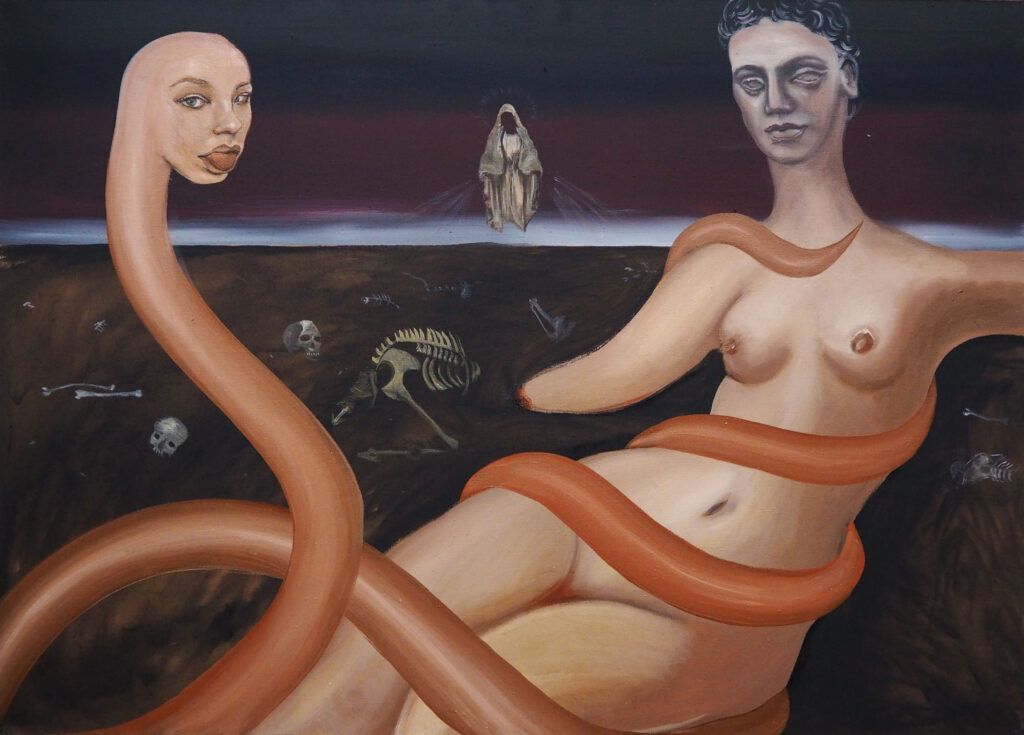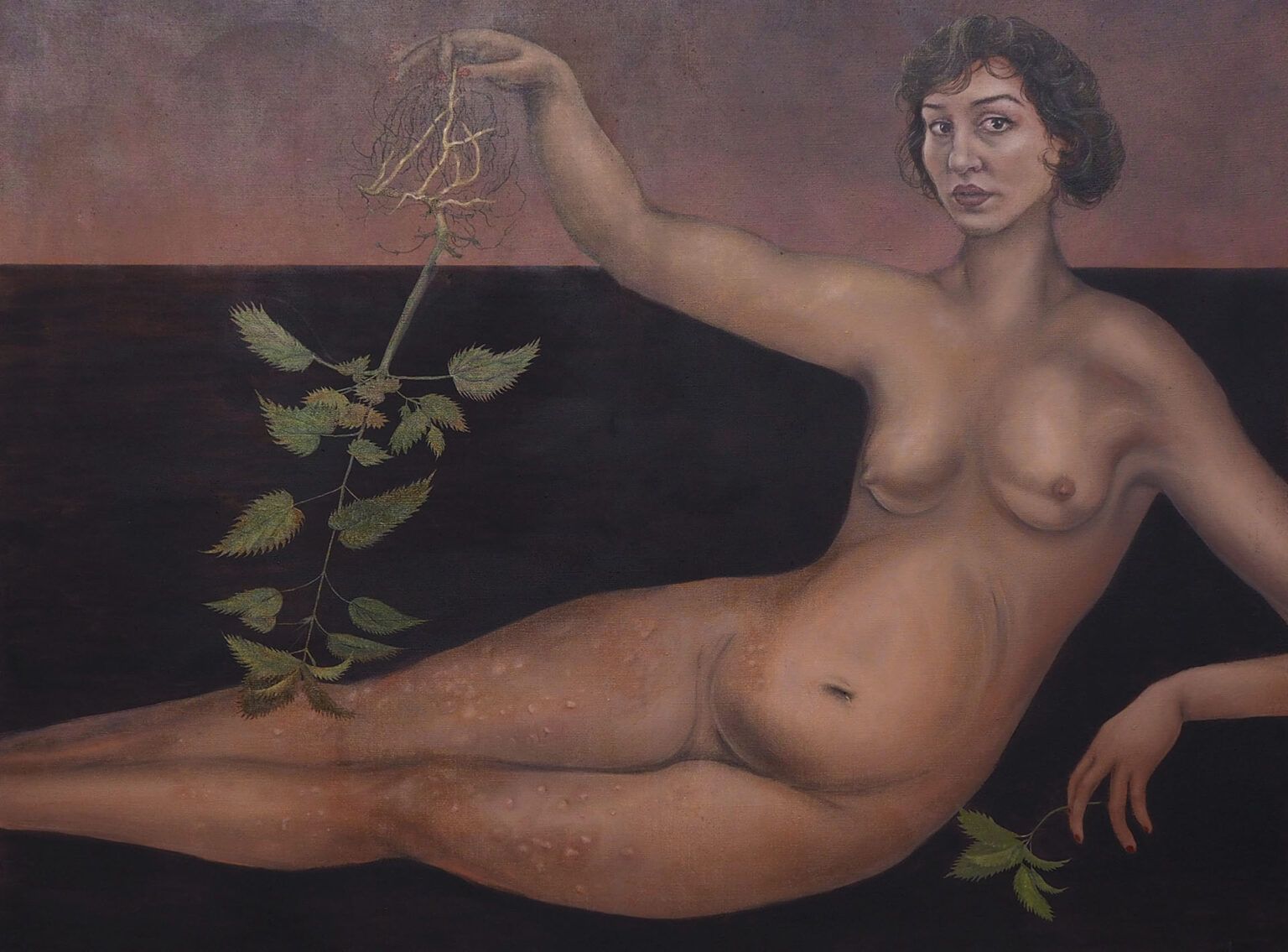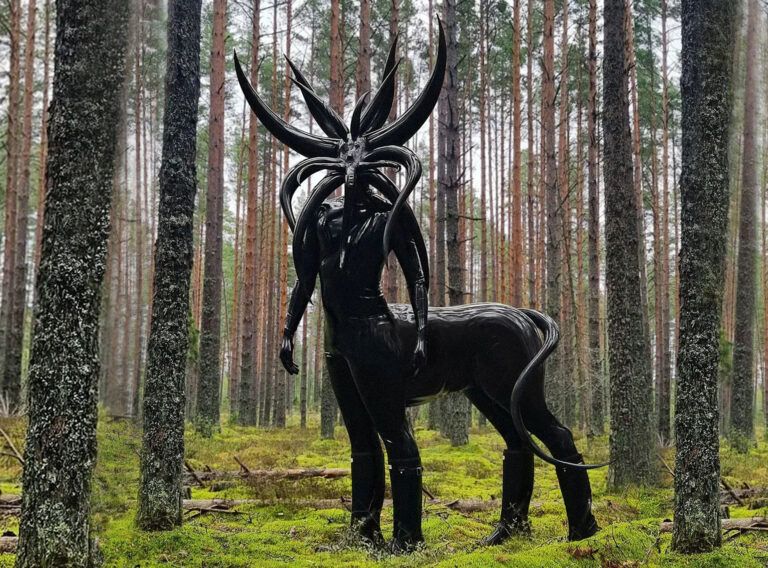How would you describe the process of creating your artworks, in the sense of storytelling, or emotional emphasis on the viewer?
During the process itself, I don’t think about the broader audience, rather a specific character. It’s more like a flirtation than an attempt to put emotional pressure on unknown people. I first verify the narrative with myself, it’s quite personal. What happens on the canvas is usually a dialogue between me and some specific person from my environment. Sometimes that person is directly depicted and sometimes it’s more of a hidden message or story. After a time, the artwork takes on a life of its own anyway and can often be interpreted in its own way, so I focus on my own emotions.
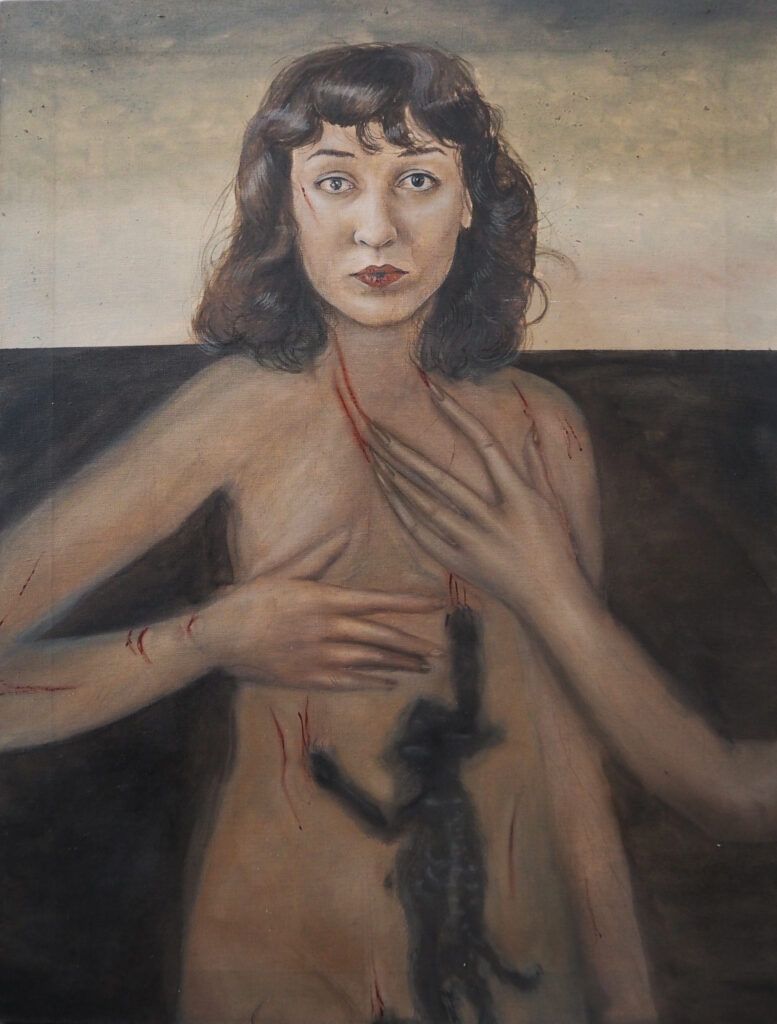
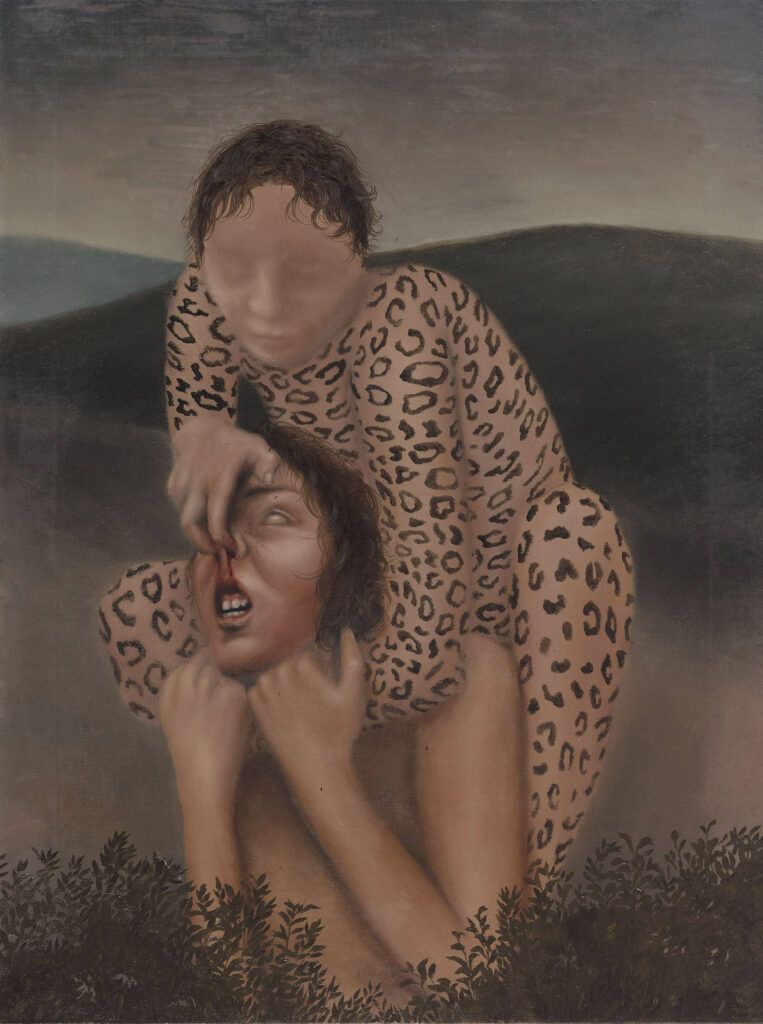
In your work you often depict various rituals and practices that form a cohesion of women’s communities. Why is it so important for you to depict these acts and their magic at this time?
First of all, in the works you are asking about, I use the motifs from the world of witchcraft because of their universality and timelessness. I try to point out the unprocessed moments from history to stimulate thinking about the analogy with contemporary problems, where women are accused and forced into a framework, for example, by the church. How absurd it was to blame women for witchcraft – but aren’t current societies making similar mistakes, just in a different dimension? Maybe it’s something like a willingness to work at the grassroots. Moreover, we need to fight for our own; it seems to me that the voice in matters of exclusion of women and queer people, a problem still present in our part of Europe, should be taken by representatives of these groups, among others bisexual young women.
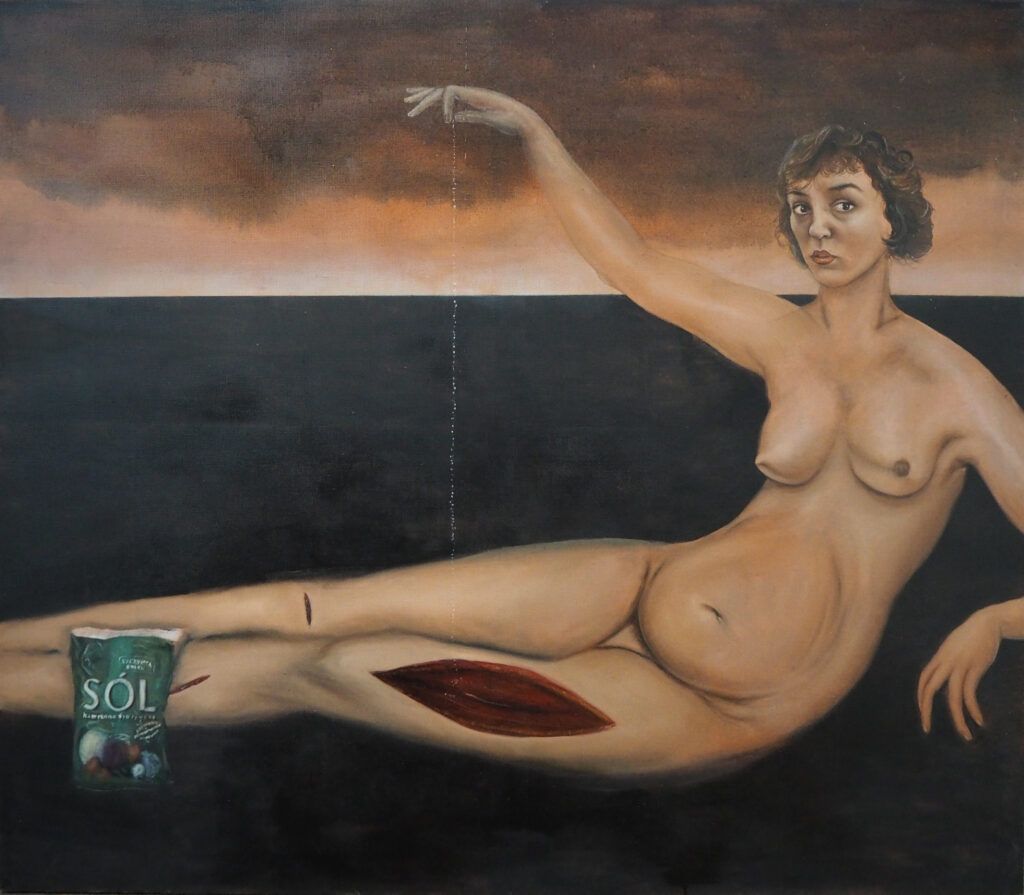
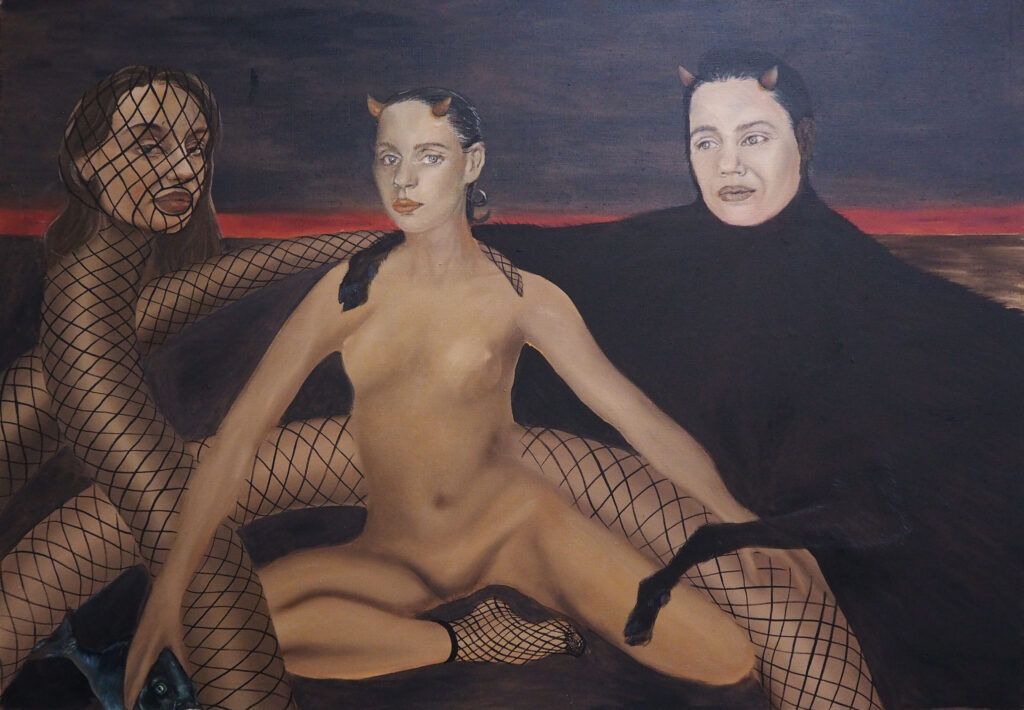
Your paintings have a cramped, even dramatic atmosphere, as the bodies of the women depicted are often accompanied by, for example, self-harm. How can we perceive this aspect in relation to the role of women in society in the past and now?
Showing women’s pain in my paintings is a metaphor for what is happening in society. It is worth talking about women’s problems, their right to abortion, about proper wages for housework, about equal treatment in professional work, about the fact that the patriarchal pattern is often violent, especially in small circles and so on, but my language is painting, and it is in this way that I would like to point out that not everything has been processed. It seems to me that a painting can have an even stronger message than repeated platitudes. This violent aspect is meant to evoke a sense of wanting to change social attitudes, to draw attention to the pain that has been inflicted on women over the years, both by burning women at the stake and taking away their right to have a say in their own bodies today.
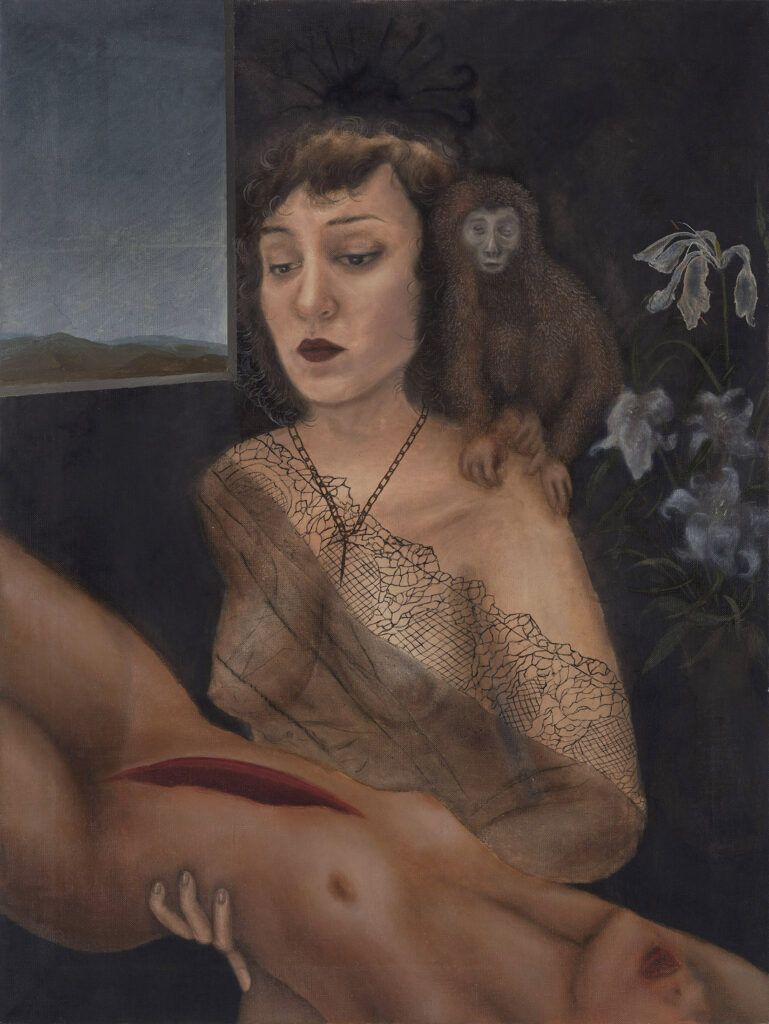
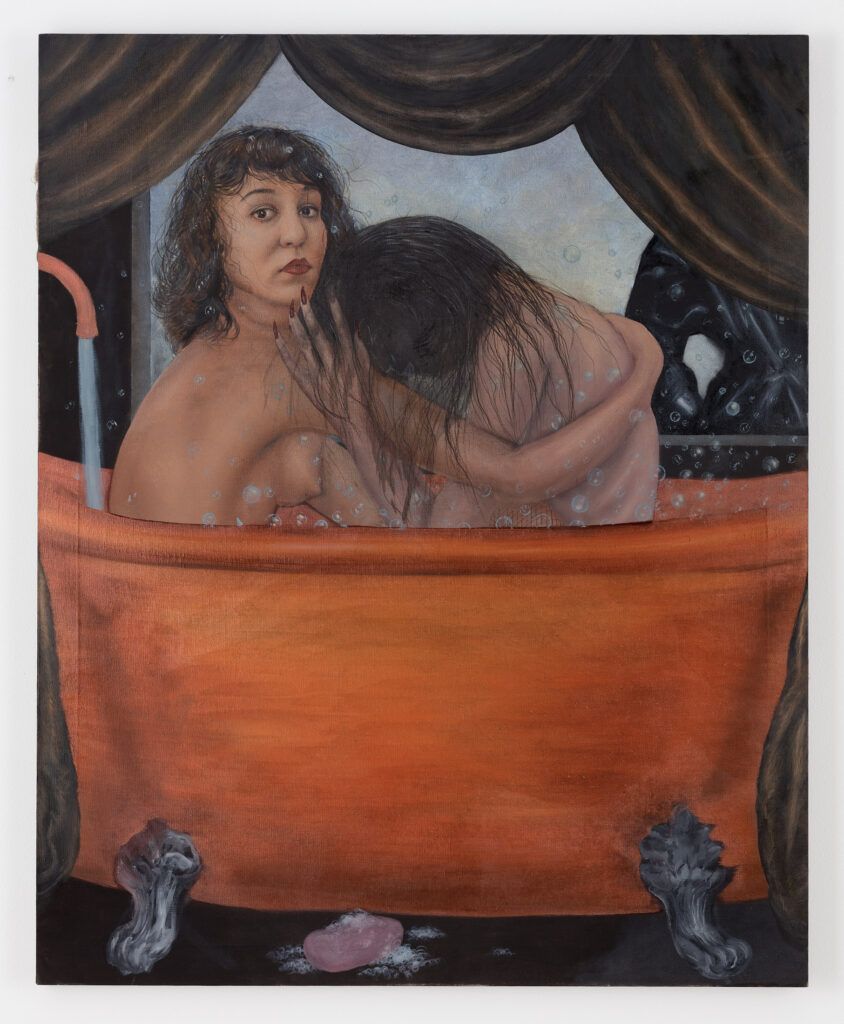
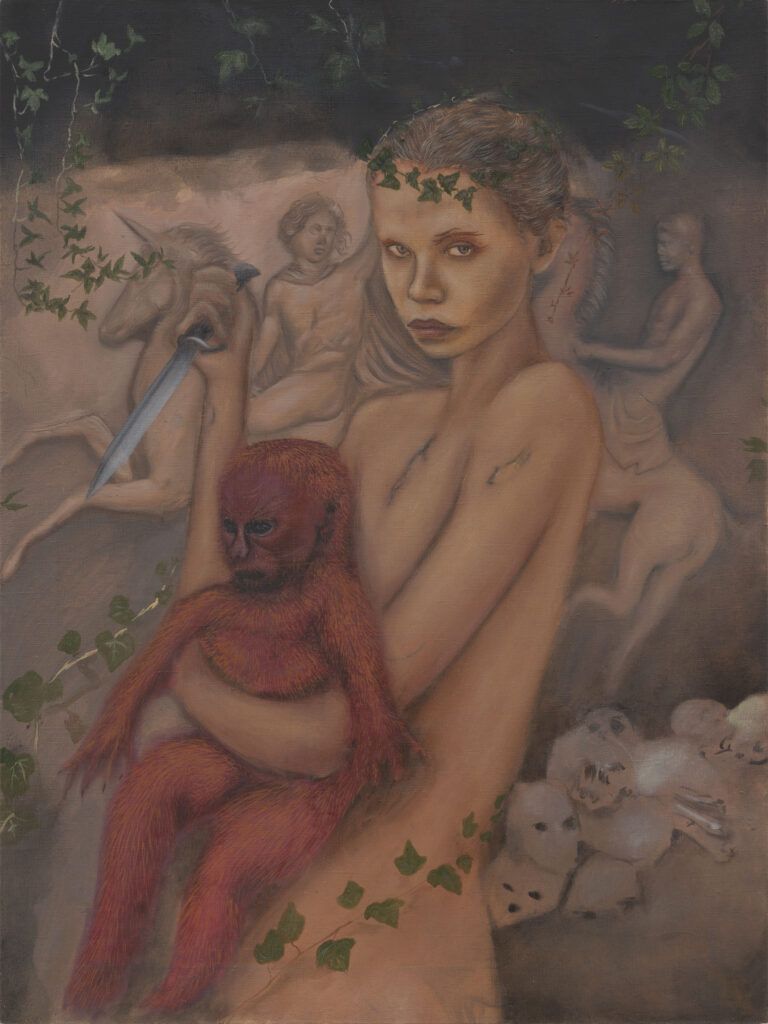
Are the characters you portray based purely on your imagination, or do any of them have a narrative, or are some perhaps people from your daily life?
It is a mix, often they are people to whom I have an emotional relationship and I try to work something out with them (my crushes, my partner, his ex, with whom I have worked out a good relationship through painting, etc.); sometimes I invent figures for the sake of general aesthetics, othertimes I use my own image. It depends on the situation – I almost never make sketches and do not know what the work will look like once finished, so I can include what I am most excited about at the time.
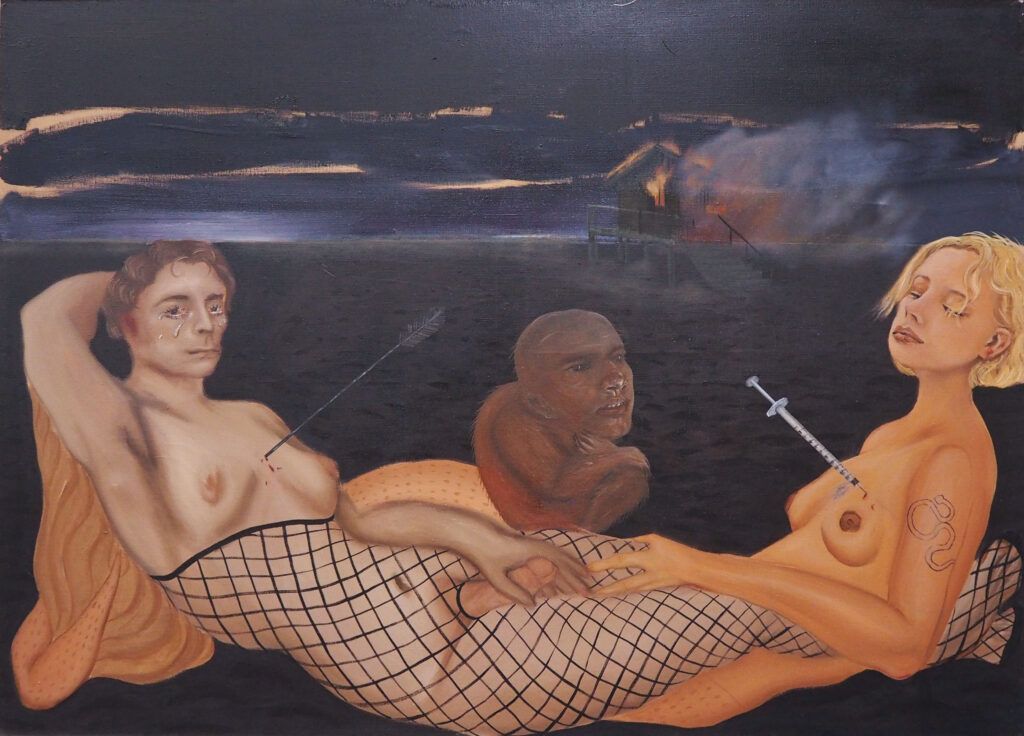
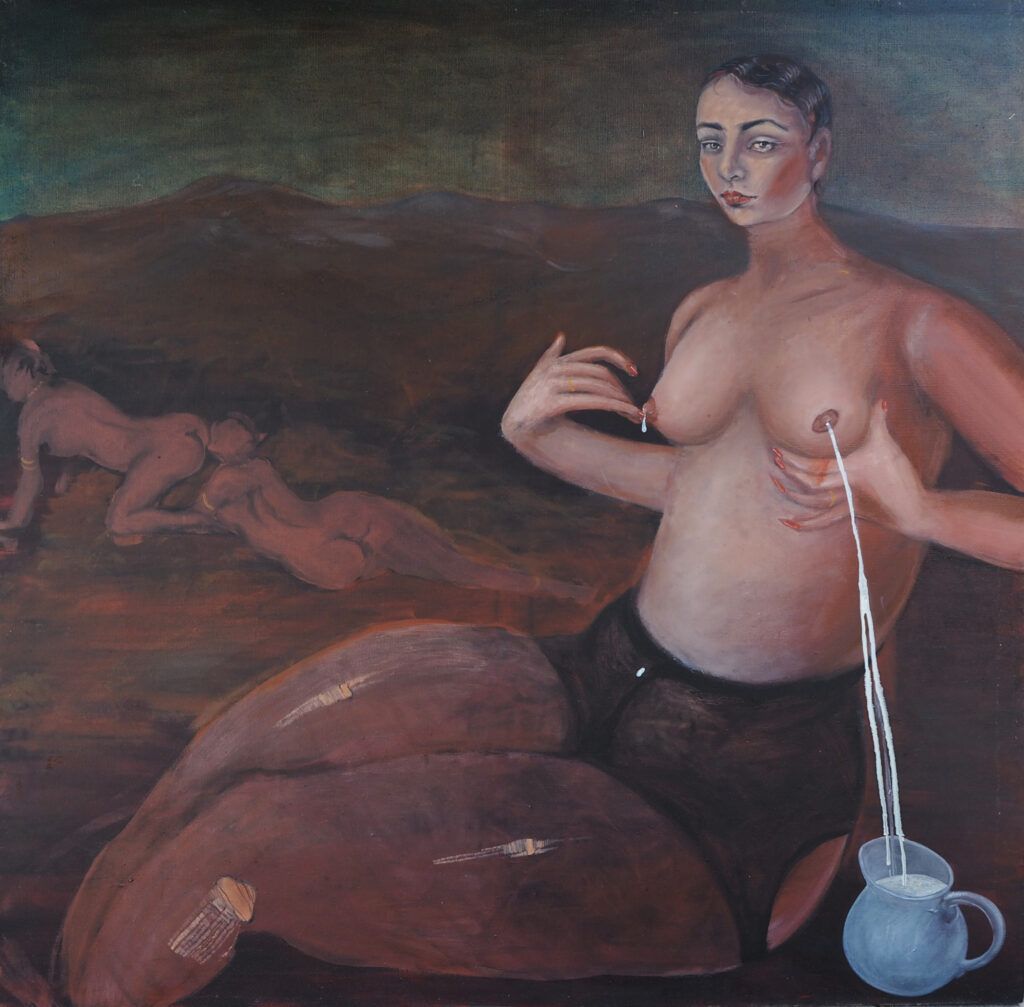
Our current theme is “Full of Desire”, so I’d like to ask you what is your dream goal, or what you desire for yourself as an artist right now, and what would be the ultimate success you would like to achieve?
I see desire as a certain exciting path, a state that is more of a process than the acquisition of a desired goal that comes from our drives. I don’t particularly care about overcoming some barriers in the art market. I hope I don’t lose the excitement that comes from the creative process itself and be able to surprise myself within what makes being an artist possible. Although I treat each painting as a separate story, I would like to do something complex someday, some kind of complex narrative, perhaps to find myself in a medium that maybe is not painting.
